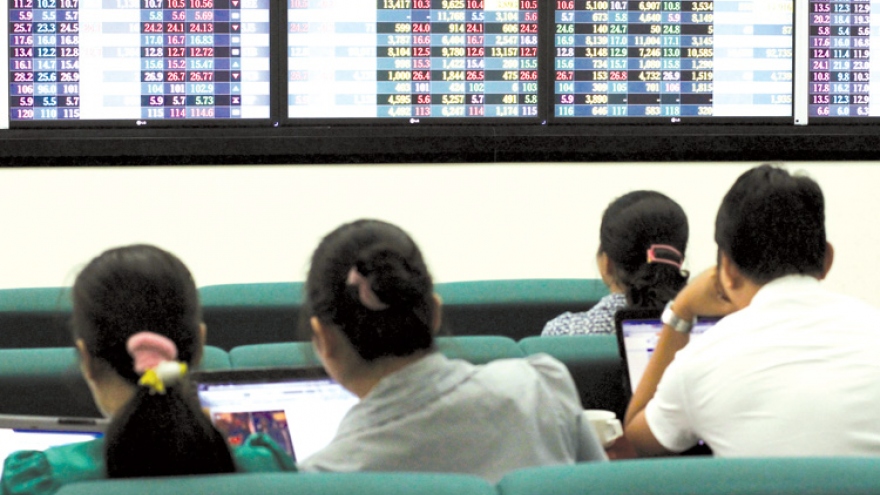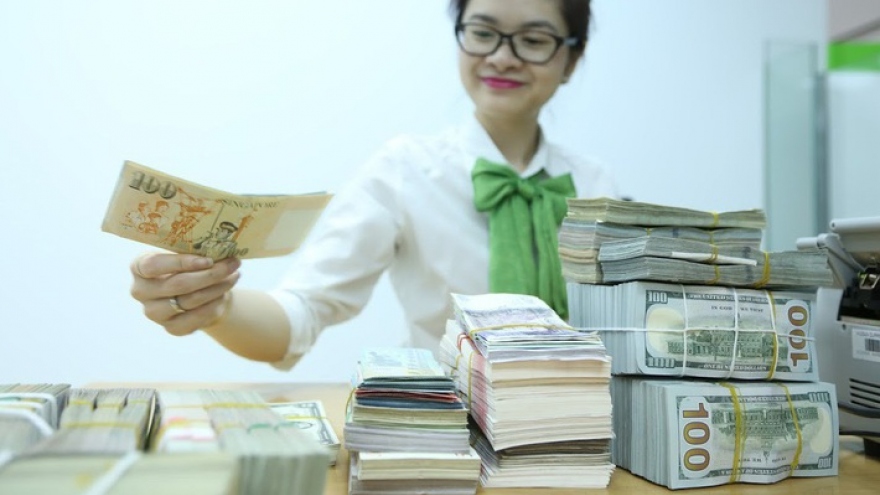Vietnam’s stocks cheaper than the rest of the SE Asia region
Investors are in a market where the risks are higher than in 2017. However, this doesn’t mean there are no investment opportunities.
 |
Vietnam’s market has witnessed two extremes – strong rise and strong decline - so far this year. By the end of the first quarter of 2018, Vietnam was the fastest growing market in the world. But in the second quarter, it became the market with the sharpest decline.
According to MBKE, from late June to August 1, the VN Index decreased by 3.8 percent, while the other markets including China, Malaysia, Thailand, Indonesia and the Philippines grew by 7 percent on average. From late June to August 17, the VN Index decreased by 2.4 percent, while the five markets grew by 4.1 percent. Signs of recovery have appeared but they are not strong enough to offset the decreases.
“Investors’ reactions to the China-US trade war were extreme,” MBKE commented.
Vietnam is now in the first position on the list of frontier markets with the hope of being upgraded into emerging, and on the last position in the list of emerging markets with the -2.4 percent VN Index.
Also according to MBKE, the P/E (price on earning) ratio of the VN Index reached the highest peak 21.7x in late March which truly reflected the excitement of the market. At present, the VN Index is 17.4x.
So, Vietnam’s stocks have not become cheap yet, if noting that the P/E of emerging markets is 15.6x. However, Vietnam’s P/E has decreased to below 18.5x, the average ratio of four ASEAN countries.
A question has been raised that if the economic conditions in Vietnam deserve the P/E ratio, or if the shares have become cheap enough to buy.
The answer, according to MBKE, lies in the figures. Vietnam’s GDP growth rate is better than ASEAN 4 countries. Vietnam’s GDP is 6.5 percent. The Philippines has higher GDP growth rate than Vietnam (6.8 percent), but has a P/E at 19.42x. Thailand has the lowest P/E ratio, but has the lowest GDP growth rate of 4.5 percent.
Lam commented that the P/E ratio of 17.4x doesn’t truly reflect the Vietnam’s market situation. If not counting the P/E of the shares in the top five (VIC, VHM, VNM, VCB and GAS), the real P/E of the VN Index would be 14.5x, lower than that of ASEAN 4.
Nguyen The Minh from Yuanta Securities said in a local newspaper on August 15 that the VN Index would regain the 1,000 point threshold.


